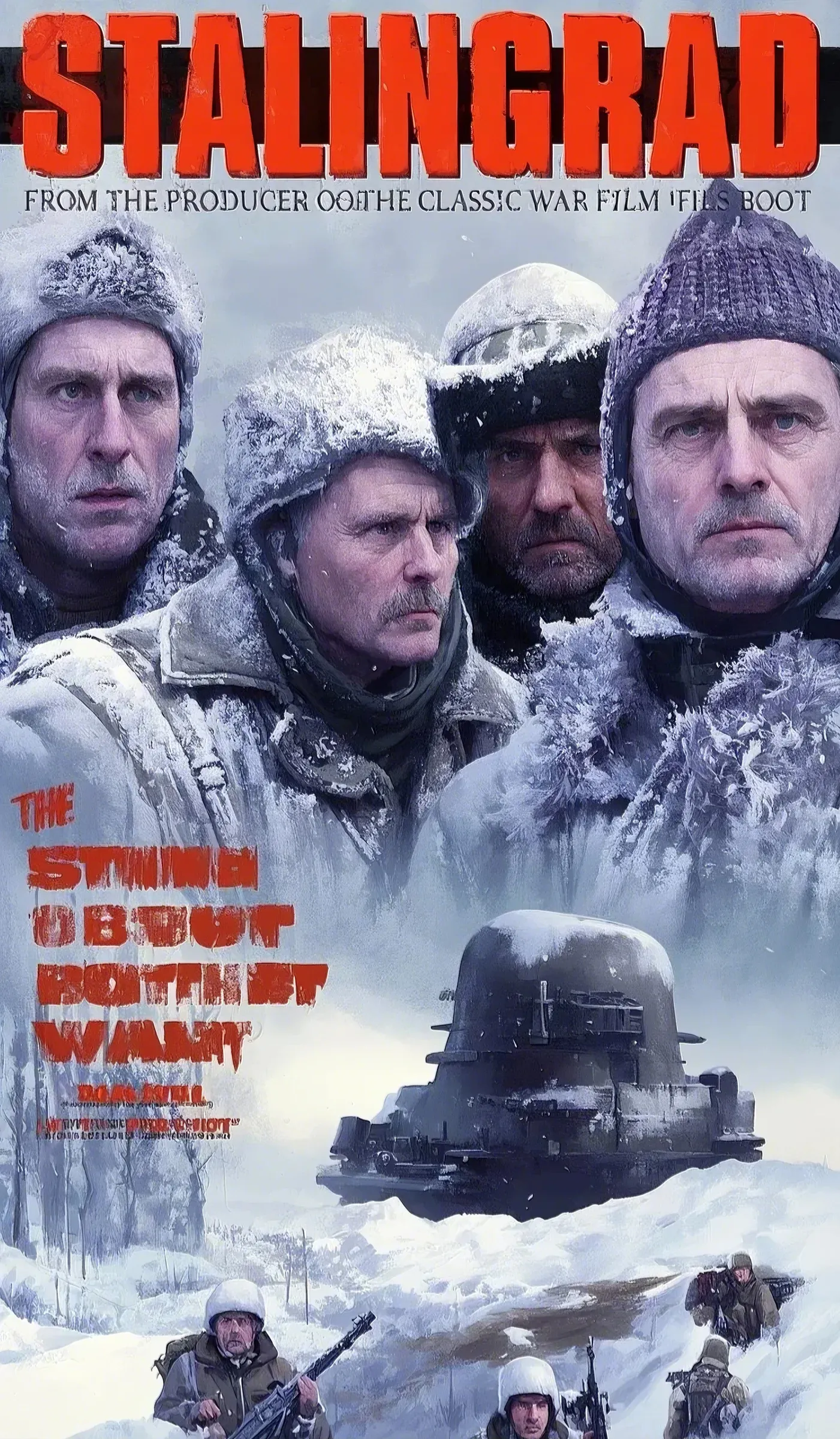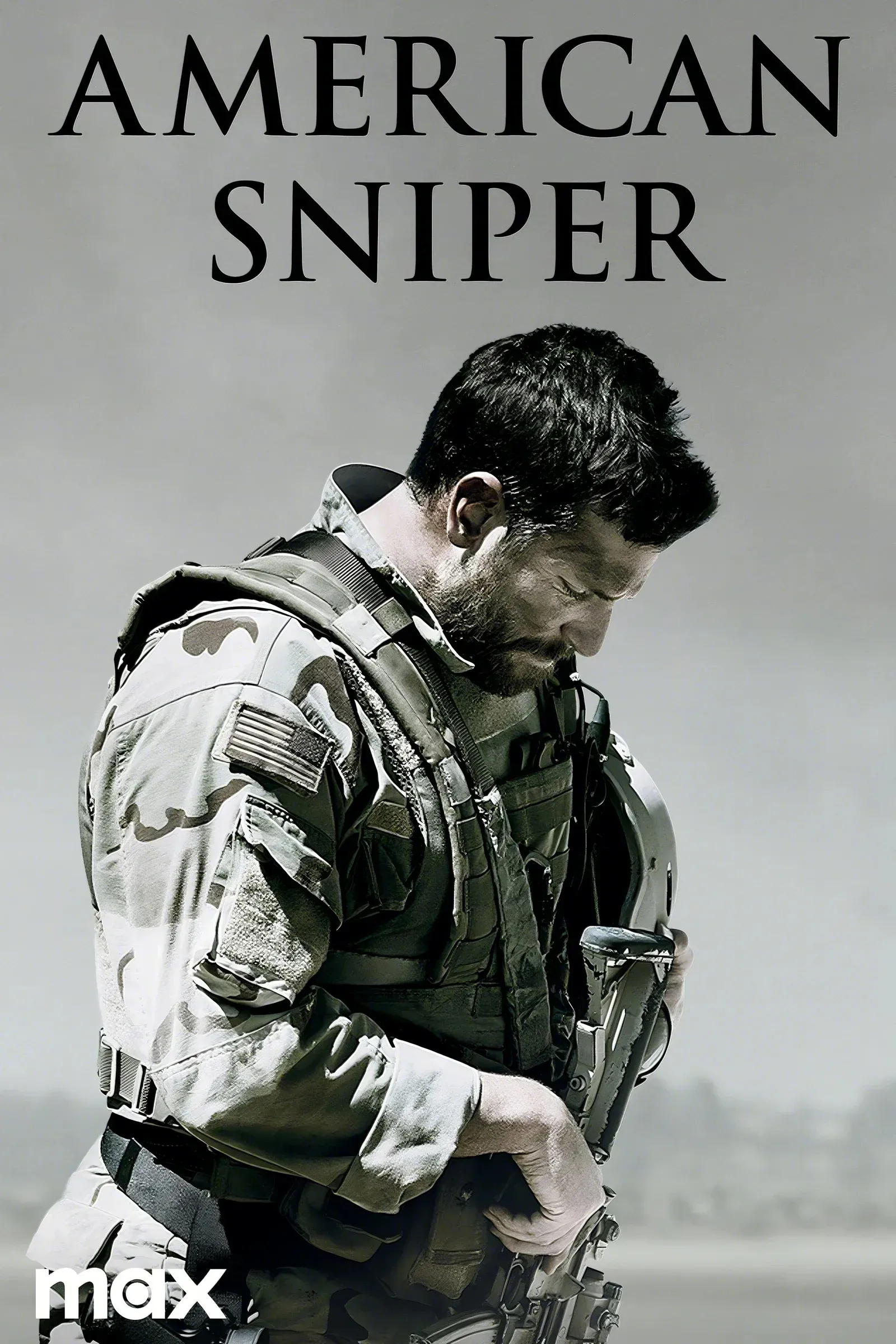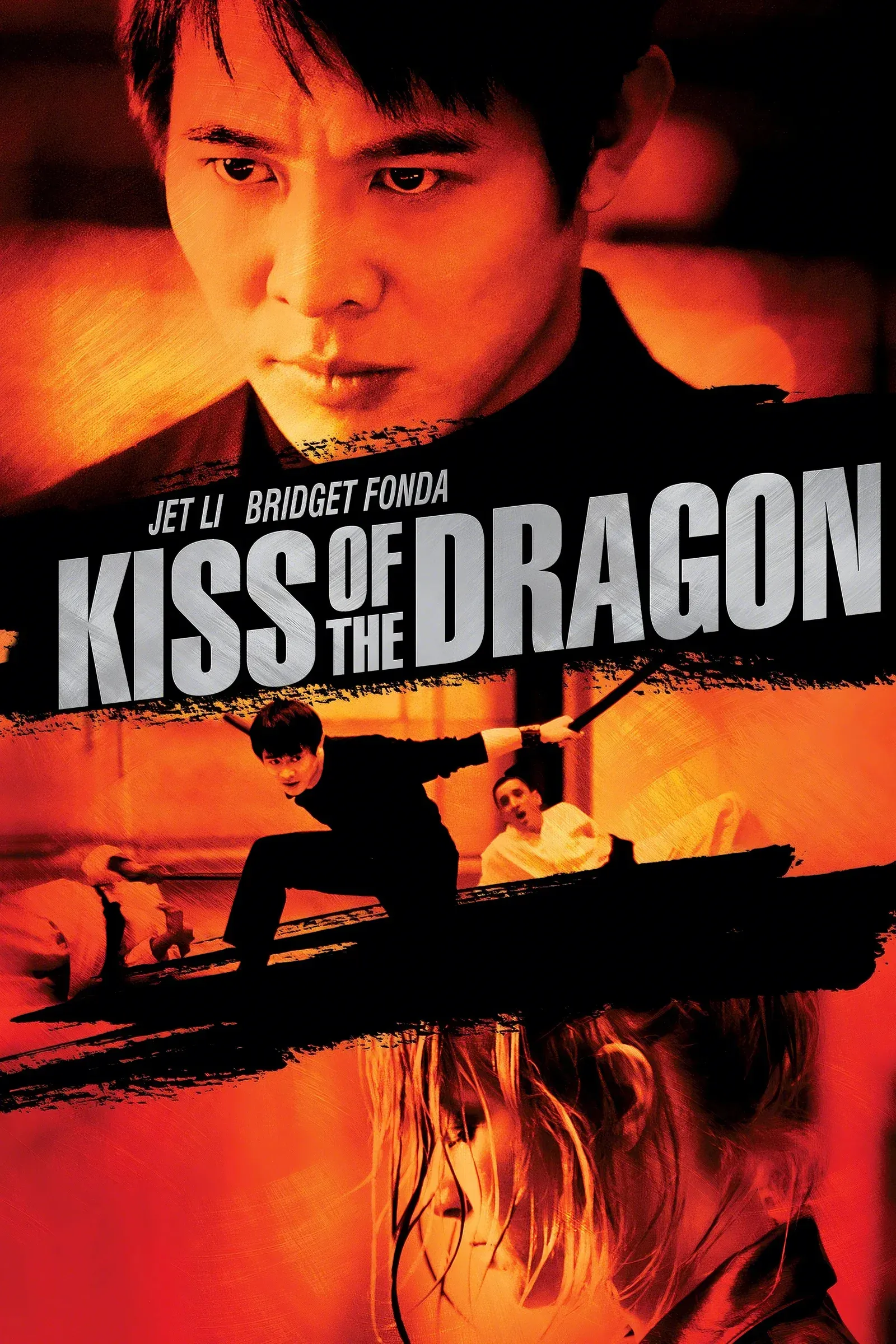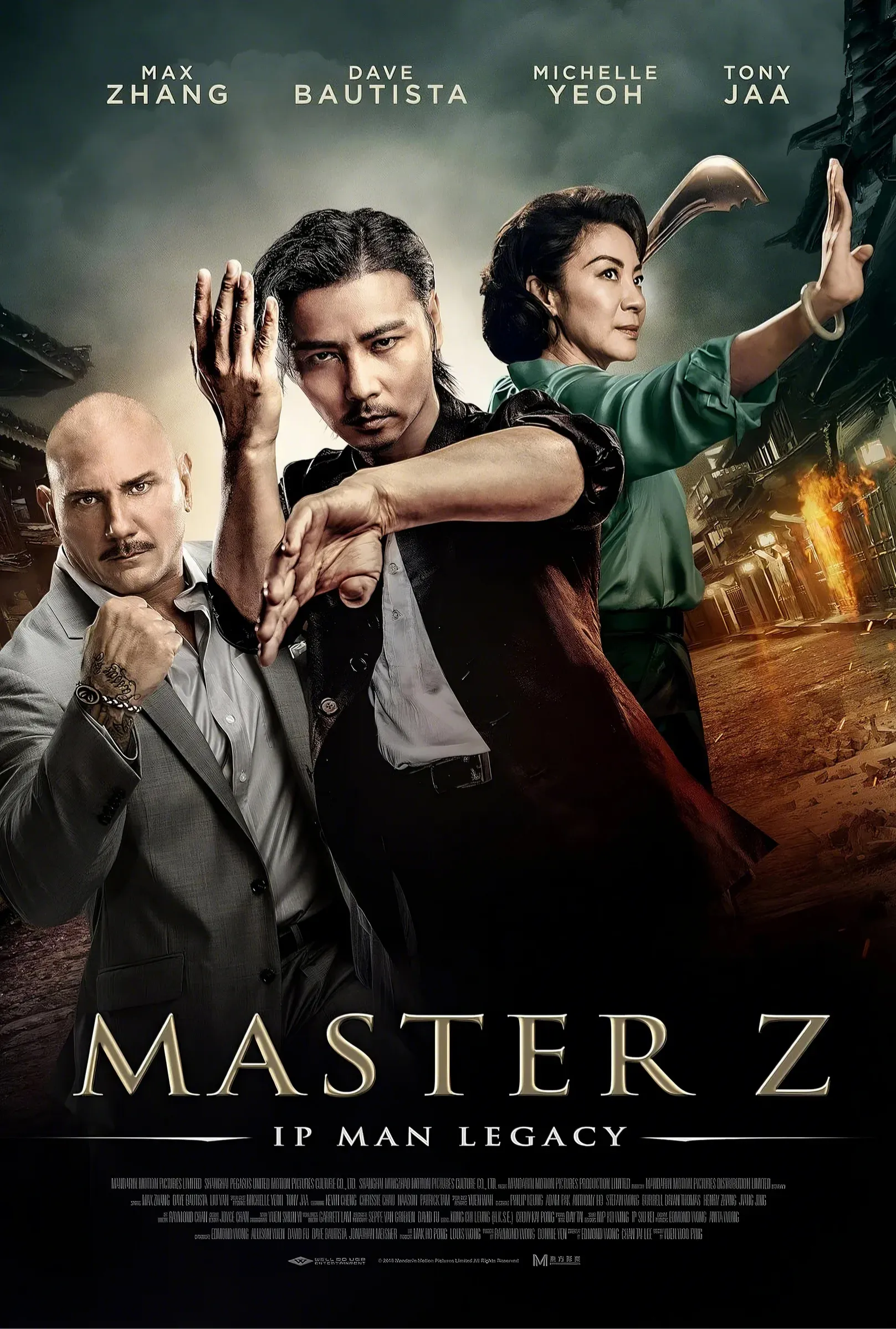Speed (1994) – A Deep Dive into One of the Greatest Action Films of the ‘90s
Few action films manage to sustain sheer, unrelenting tension from start to finish quite like Speed (1994). Directed by Jan de Bont in his feature debut, the film is a masterclass in pacing, practical effects, and high-stakes storytelling, making it one of the most exhilarating thrillers of its time. What sets Speed apart is its ability to turn a seemingly simple premise—a bus rigged with a bomb that will explode if it drops below 50 mph—into a nearly two-hour-long adrenaline rush filled with expertly crafted suspense, character dynamics, and intense action sequences.
Plot Breakdown: A Three-Part Thrill Ride
Unlike many action movies that rely solely on big explosions and over-the-top sequences, Speed structures its tension in a way that keeps audiences constantly engaged. The film is effectively divided into three main action set pieces, each escalating the stakes.
-
The Elevator Sequence – Right from the start, Speed grips the audience with a thrilling hostage scenario. LAPD SWAT officer Jack Traven (Keanu Reeves) and his partner Harry Temple (Jeff Daniels) must rescue innocent civilians trapped inside a rigged elevator. The bomber, later revealed as Howard Payne (Dennis Hopper), has set up an elaborate extortion scheme, demanding a ransom to prevent the deaths of the hostages. Jack and Harry outmaneuver him, leading to an explosive confrontation where Payne is believed to be dead. But of course, he isn’t.
-
The Bus Bomb – The true heart of Speed begins when Payne resurfaces, taunting Jack with a new, deadlier threat: a Los Angeles city bus that will detonate if its speed falls below 50 mph. The moment Jack discovers the bomb, the film kicks into high gear. What follows is one of the most intense sequences in action cinema, as Jack must board the moving bus, attempt to maintain its speed amidst L.A. traffic, and find a way to disarm the explosive. When the original bus driver is shot, Annie (Sandra Bullock) is forced to take the wheel, cementing her as the film’s emotional core.
-
The Subway Showdown – Just when the audience thinks the nightmare is over, the final act delivers another jolt of excitement. Payne kidnaps Annie, forcing Jack into a desperate chase through the Los Angeles subway system. Their final confrontation is brutal, culminating in Jack outsmarting Payne in a moment of poetic justice. The film’s last set piece—Annie and Jack escaping a runaway train car that derails into the street—serves as a spectacular finale, bringing everything full circle.
Characters: The Perfect Action Hero and an Unforgettable Villain
Keanu Reeves shines as Jack Traven, delivering a performance that perfectly balances physical intensity with grounded heroism. Unlike many action protagonists of the era who were defined by over-the-top bravado (think Schwarzenegger or Stallone), Jack is relatable—determined, resourceful, and genuinely concerned for the people he’s trying to save. Reeves brings an understated charm to the role, making Jack a character audiences root for rather than just admire from a distance.
Sandra Bullock, in her breakout role as Annie, injects warmth, humor, and vulnerability into the film. She’s not just a damsel in distress—she’s an active participant in the action, rising to the occasion despite her fear. Her chemistry with Reeves is effortless, and their playful banter makes the tension more bearable amidst the chaos.
Dennis Hopper’s Howard Payne is one of the most memorable villains of ‘90s action cinema. He’s not a physically imposing force like many antagonists of the genre, but his intelligence and unpredictability make him a formidable opponent. Hopper delivers Payne’s lines with a mix of arrogance and glee, making him both menacing and darkly entertaining. His motivations—revenge and greed—are simple but effective, allowing him to remain a constant, looming threat throughout the film.
![]() Action and Practical Effects: A Masterclass in Suspense
Action and Practical Effects: A Masterclass in Suspense
One of Speed’s greatest strengths is its reliance on practical effects rather than CGI. Jan de Bont, a cinematographer-turned-director known for his work on Die Hard and Basic Instinct, understands the power of real, tangible action. The stunts in Speed feel dangerous because they are—whether it’s the bus careening through city streets, narrowly avoiding collisions, or the infamous scene where it jumps a 50-foot gap in the freeway. The tension is further amplified by the film’s dynamic camerawork, putting the audience right in the heart of the action.
Perhaps the most impressive aspect of the film’s pacing is its ability to keep the suspense fresh. Just when it seems like the characters have found a way out, a new obstacle emerges—blocked roads, low fuel, missing sections of the freeway, and passengers panicking under pressure. These constantly shifting threats make the film feel like a relentless, unstoppable force, mirroring the bus itself.
Music and Sound Design: Enhancing the Adrenaline
Mark Mancina’s pulsating score is an unsung hero of Speed. The music never overwhelms the action but instead heightens the urgency, using rhythmic, driving beats to match the on-screen chaos. Even during quieter moments, the soundtrack subtly maintains a level of tension, ensuring that the audience never fully relaxes. The sound design also plays a crucial role—every screech of the tires, explosion, and near-miss is designed to make the audience feel as if they’re inside the speeding bus.
Legacy: Why Speed Still Holds Up Today
More than 30 years after its release, Speed remains one of the most beloved action films of all time. It set a high bar for the genre, influencing countless imitators while still standing apart as a unique achievement. Unlike many ‘90s action movies that relied on excessive spectacle, Speed keeps its premise simple and its execution razor-sharp. It’s a film that understands the importance of stakes—every action sequence has weight, every moment of danger feels real, and every character decision has consequences.
Moreover, Speed succeeds because it never loses sight of its core concept. It doesn’t try to overcomplicate its narrative with unnecessary subplots. Instead, it embraces its high-concept premise and executes it with near-perfect precision.
Unfortunately, the film’s legacy was somewhat tarnished by its infamous sequel, Speed 2: Cruise Control (1997), which replaced the bus with a slow-moving cruise ship and Keanu Reeves with Jason Patric—both critical missteps. However, the original remains untouchable, still thrilling audiences decades later.
Final Verdict: A Timeless Action Classic
Speed isn’t just a great action movie—it’s a blueprint for how to craft suspense, maintain tension, and create characters that audiences genuinely care about. With its innovative set pieces, thrilling practical stunts, and charismatic leads, it remains a gold standard for the genre. Whether you’re watching it for the first time or the tenth, Speed still delivers an unforgettable ride.
🔥 Final Rating: 9.5/10 – A Must-Watch for Any Action Fan! 🚍💣💥
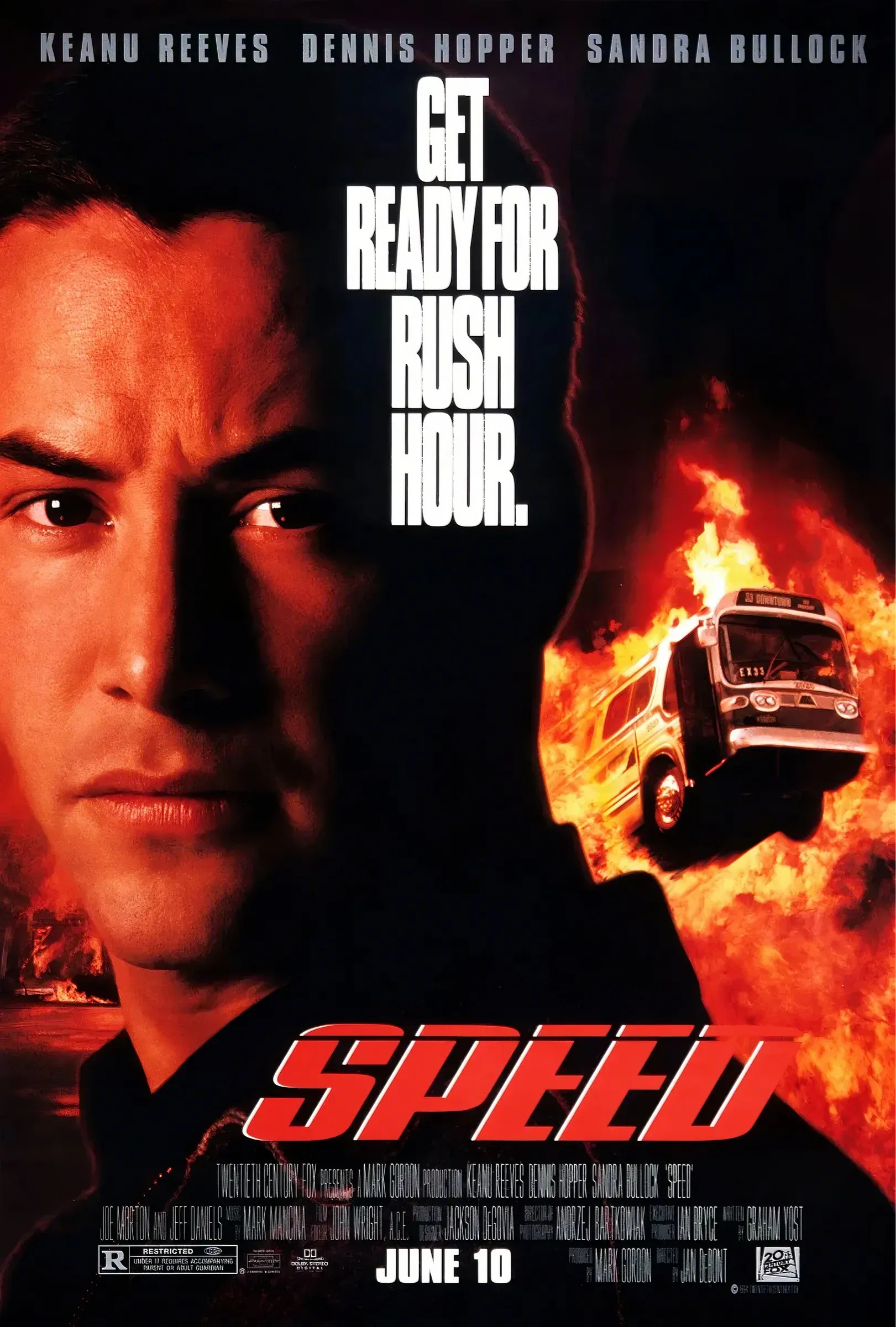

 Action and Practical Effects: A Masterclass in Suspense
Action and Practical Effects: A Masterclass in Suspense
